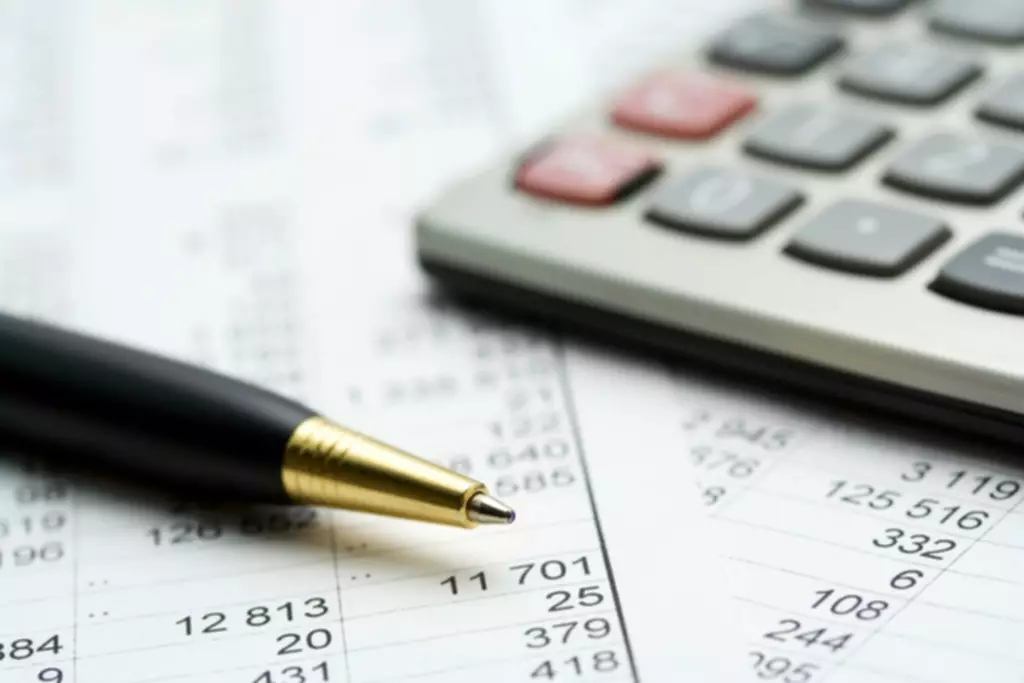Content

Physical assets are economic material that has real-world existence and directly contribute to businesses to generate revenue. Things such as cars, buildings, and computers are some the examples of physical assets. These assets are not intended for sales and typically stay with businesses for as long as they can or if they decide to replace them.
BIOCERES CROP : Unaudited interim condensed consolidated financial statements as of September 30, 2022 and June 30, 2022, and for the three-month periods ended September 30, 2022, and 2021 – Form 6-K – Marketscreener.com
BIOCERES CROP : Unaudited interim condensed consolidated financial statements as of September 30, 2022 and June 30, 2022, and for the three-month periods ended September 30, 2022, and 2021 – Form 6-K.
Posted: Wed, 30 Nov 2022 03:09:24 GMT [source]
This information is neither individualized nor a research report, and must not serve as the basis for any investment decision. Before making decisions with legal, tax, or accounting effects, you should consult appropriate professionals. Information is from sources deemed reliable on the date of publication, but Robinhood does not guarantee its accuracy. Straight-line depreciation reduces an asset’s value by the same amount every year over its useful life. Accumulated depreciation reflects the total loss in the value of a fixed physical asset due to wear and tear as it gets older. Study the accumulated depreciation definition and understand how it works with an example. The composite method is applied to a collection of assets that are not similar, and have different service lives.
Sum of the years’ digits (SYD) method
The table below illustrates the units-of-production depreciation schedule of the asset. This article is about the concept in accounting and finance involving fixed capital goods. For economic depreciation, see Depreciation and Fixed capital § Economic depreciation. From an accounting perspective, you’re selling the freezer at a $3,000 loss ($1,000 sale – $4,000 net book value). According to your general ledger, the asset’s balance is $10,000 with accumulated depreciation of $6,000, for a net book value of $4,000. You can continue to accrue depreciation expense until you get rid of the asset, so don’t forget to book your last adjusting entry for depreciation before disposing of it.
- In accounting, depreciation represents the allocation of the purchase of a fixed asset, or capital expenditure, over its useful life.
- Cost generally is the amount paid for the asset, including all costs related to acquiring and bringing the asset into use.
- When an asset is sold, debit cash for the amount received and credit the asset account for its original cost.
- U.S. tax depreciation is computed under the double-declining balance method switching to straight line or the straight-line method, at the option of the taxpayer.
Financial analysts will create a depreciation schedulewhen performing financial modeling to track the total depreciation over an asset’s life. If an asset is sold or disposed of, the asset’s accumulated depreciation is removed from the balance sheet. Net book value isn’t necessarily reflective of the market value of an asset. Company A buys a piece of equipment with a useful life of 10 years for $110,000.
How to calculate annual depreciation and accumulated depreciation
Many such systems, including the United States, permit depreciation for real property using only the straight-line method, or a small fixed percentage of the cost. The group depreciation method is used for depreciating multiple-asset accounts using a similar depreciation method. The assets must be similar in nature and have approximately the same useful lives. Accumulated depreciation is a balance sheet account that reflects the total recorded depreciation since an asset was placed in service. There is no definitive answer to this question as it depends on the company and its individual circumstances.

The estimate for units to be produced over the asset’s lifespan is 100,000. Put another way, accumulated depreciation is the total amount of an asset’s cost that has been allocated as depreciation expense since the asset was put into use. Under the straight-line method, depreciation would be $2,500 a year – the $25,000 cost divided by 10 years. So under the 200% declining balance method, depreciation in year 1 would be 200% of that, or $5,000.
Get Your Financial Statements Cheat Sheets
Bookkeeping 101 tells us to record asset acquisitions at the purchase price — called the historical cost — and not to adjust the asset account until sold or trashed. Businesses subtract https://www.bookstime.com/, a contra asset account, from the fixed asset balance to get the asset’s net book value. A lot of people confusedepreciationexpense with actually expensing an asset. Fixed assets are capitalized when they are purchased and reported on the balance sheet. Instead, the asset’s costs are recognized ratably over the course of its useful life with depreciation.
- Since the salvage value is assumed to be zero, the depreciation expense is evenly split across the ten-year useful life.
- The accumulated depreciation for Year 1 of the asset’s ten-year life is $9,500.
- For example, if a company purchased a piece of printing equipment for $100,000 and the accumulated depreciation is $35,000, then the net book value of the printing equipment is $65,000.
- They cannot give an arbitrarily value to accumulated depreciation to further decrease tax.
- The amount of a long-term asset’s cost that has been allocated, since the time that the asset was acquired.
Under this method, the annual depreciation is determined by multiplying the depreciable cost by a schedule of fractions. Straight line depreciation applies a uniform depreciation expense over an asset’s useful life. To calculate annual depreciation, divide the depreciable value (purchase price – salvage value) by the asset’s useful life. The desk’s annual depreciation expense is $1,400 ($14,000 depreciable value ÷ 10-year useful life). Each period in which depreciation is recorded, the carrying value of the fixed asset, i.e. the property, plant and equipment (PP&E) line item on the balance sheet, is gradually reduced.
Accumulated Depreciation and Book Value
For each accounting period, an asset’s depreciation is added to the beginning accumulated depreciation balance. The accumulated depreciation account is an asset account with a credit balance . If this derecognition were not completed, a company would gradually build up a large amount of gross fixed asset cost and accumulated depreciation on its balance sheet. Accumulated depreciation is the total amount an asset has been depreciated up until a single point. Each period, the depreciation expense recorded in that period is added to the beginning accumulated depreciation balance.
- The accumulated balance of depreciation increases over time, adding the amount of the depreciation expense recorded during the current period.
- While the depreciation expense is the amount recognized each period, the accumulated depreciation is the sum of all depreciation to date since purchase.
- In this way, accumulated depreciation will be credited each year while the asset’s value is simultaneously written off until it is disposed of or sold.
- Add accumulated depreciation to one of your lists below, or create a new one.
 جريدة القرار الدولية جريدة دولية تصدر في بغداد وتوزع في العالم العربي
جريدة القرار الدولية جريدة دولية تصدر في بغداد وتوزع في العالم العربي